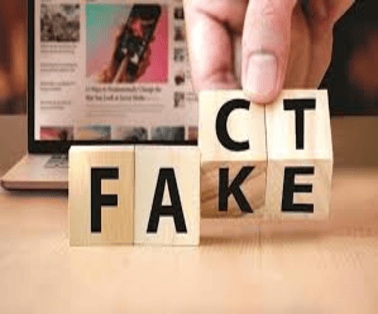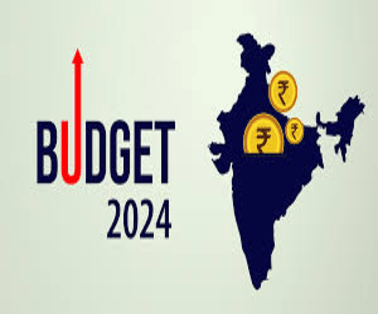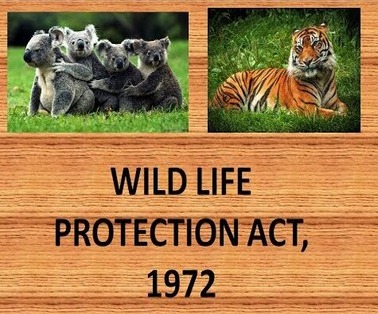In a significant development, the Supreme Court of India has stayed the implementation of the amended Information Technology (IT) Rules that empowered the central government to identify and flag “fake news” on social media through a specially created Fact Check Unit (FCU).
What Is the Fact Check Unit?
The Fact Check Unit was officially notified by the Union Ministry of Electronics and Information Technology on March 20, 2024, under the Information Technology (Intermediary Guidelines and Digital Media Ethics Code) Rules, 2021
Key objectives of the Fact Check Unit:
- To flag fake, false, or misleading online content related to the Central Government.
- To counter disinformation regarding government schemes, policies, and official statements.
- To provide citizens an accessible platform to report questionable content related to government affairs.
How the Fact Check Unit Operates?
The Fact Check Unit functions under the Press Information Bureau (PIB) and operates from the National Media Centre in New Delhi. It follows a structured process:
- When the FCU identifies or receives complaints about suspicious content related to the government, it flags the content.
- Social media platforms (intermediaries) can then either take down the content or add disclaimers.
- If platforms choose not to remove the flagged content, they lose their safe harbour protections, exposing them to legal liability.
- The FCU uses tools like reverse image search, metadata analysis, and content verification through official government sources.
Organizational Structure of the Fact Check Unit
- It is headed by a senior DG/ADG level officerof the Indian Information Service (IIS). The day-to-day operations of the Unit are handled by IIS officers at various levels.
- The Unit reports to the Principal Director General, PIB who functions as the Principal Spokesperson of the Government of India.
Details
- Any matter that does not pertain to the Union Government is not taken up for evaluation or fact-checking by the PIB unit.
- It addresses complaints either voluntarily or upon receiving references through various channels such as WhatsApp, email, postal mail, and the PIB’s website.
- It is based on the “FACT model” — Find, Assess, Create, and Target.
- It is done by a two-step process. The received complaints are researched against authoritative government sources such as websites, press releases, and government social media accounts.
- The unit then checks complaints with the concerned Ministry, and creates content for social media.
- Technological tools like reverse image search and video analysis are used to verify the authenticity of viral content.
- After rigorous fact checking procedure the unit classifies information into Fake, Misleading, and True.
Why Supreme Court Stayed PIB’s Fact Check Unit?
- A Supreme Court bench headed by Chief Justice D Y Chandrachudset aside the March 11 order of the Bombay High Court which had refused to grant an interim stay on setting up the Fact Check Unit.
- Senior advocate Darius Khambata, appearing for Kunal Kamra, argued the fact-checking unit would become a tool for the India government to control what information goes out to the voters.
- However, Solicitor General Tushar Mehta, appearing for the Centre said the fact-checking would be restricted to government business. “If someone criticises the prime minister, it would not fall under this,” he said.
- The Supreme Court bench while hearing an appeal filed by stand-up comedian Kunal Kamraand the Editors Guild of India, noted that the Fact Checking Unit would impact “free speech” guaranteed by the Constitution of India.
The Judiciary’s Role in Evaluating the Fact Check Unit
- Laws made by Parliament are presumed constitutional. While it is subject to judicial review, the burden lies with the petitioners in the court to prove it unconstitutional.
- Courts tend to avoid suspending laws until they determine their constitutionality, balancing judicial review and Parliament’s legislative authority.
- However, the IT Rules in question are not legislative acts but are formulated by the MeitY under powers delegated by Parliament, affecting the presumption of constitutionality.
- The Supreme Court leans towards the opinion that it fulfils the requirements for an “explicit finding of unconstitutionality” resulting in a temporary stay.
- Previous cases, such as the Maratha reservation law in Maharashtra 2020 and the farm laws of 2021 (which were later repealed), were temporarily suspended by the Supreme Court.
Conclusion
The Supreme Court’s stay on the Fact Check Unit reflects the judiciary’s commitment to uphold freedom of speech and expression while scrutinizing government regulations. The final verdict will set a significant precedent for how misinformation is tackled in India without compromising constitutional freedoms.
To Download Monthly Current Affairs PDF Click here
Click here to get a free demo
Discover all about CLAT Exam



